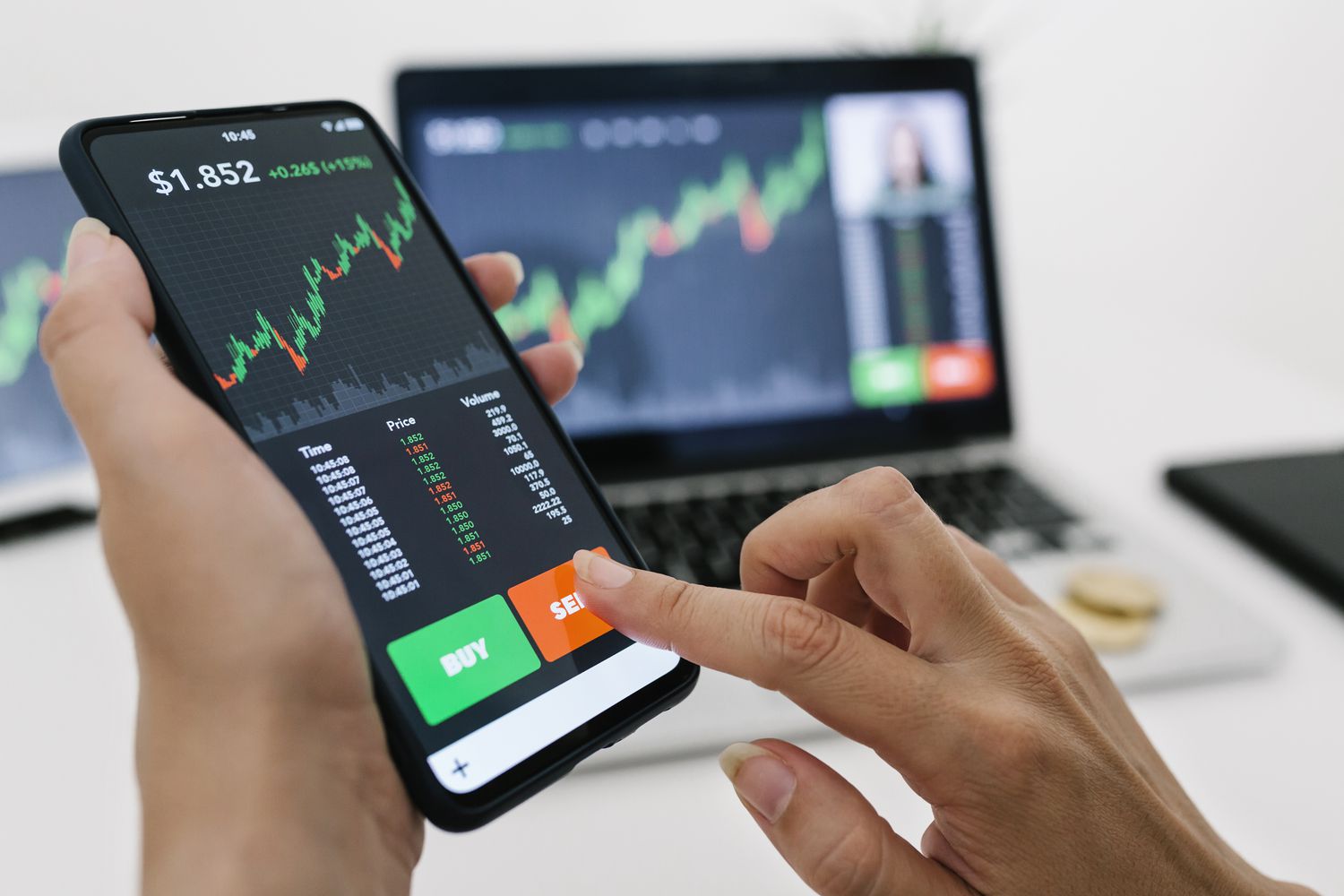An Expert Method to Overcome a Turbulent Stock Market

Editor’s note: “Stay Profitable in a Wild Stock Market, Even in Bearish Conditions” was previously published in February 2025 with the title, “An Expert Method to Overcome a Turbulent Stock Market“. It has since been updated to include the most relevant information available.
When it comes to the stock market, it can be a bit like a hurricane at sea: powerful, unpredictable, and capable of turning calm waters into chaos in an instant.
We’ve been enduring our fair share of market chaos lately, with the S&P 500 seemingly up one week and down the next. Investors are practically begging for monotony. But wilder price action like this may be our new normal…
You see; historically speaking, the stock market averages about one bear market every five or six years. But in the past six years, we’ve had not one… not two… but three different bear markets.
There was the flash crash of late 2018, which saw stocks briefly fall into a bear market right before the holidays. There was also the COVID crash of 2020, wherein stocks plunged in the fastest market crash in history. And then there was the inflation crash of 2022, when tech stocks were obliterated by sky-high interest rates.
Three unforeseen bear markets in the past six years – that is wild.
But, of course, on the other hand, we’ve also seen some huge stock market successes, too.
What’s Driving These Wild Swings? Algorithmic Trading
On average, the stock market rises about 10% per year. But in 2024, stocks climbed 23%. They rose around 27% in 2021. And in 2019, stocks rallied about 29%.
In other words, over the past six years, the S&P 500 has achieved three different years with nearly 30% returns. As a matter of fact, of the stock market’s 10 best years since 1950, three have occurred since 2018.
Three different bear markets and three of the best years ever for stocks – all within the past six years.
So, if the stock market has felt wild to you lately, that’s because it has been.
But this wildness could be the new norm for Wall Street going forward.
We can thank technology for that – at least, that’s my opinion.
Why? Because algorithms run the market now.
These days, algorithmic trading accounts for approximately 60- to 75% of total trading volume in the U.S. stock market. That means most trades are automatic, executed by bots adhering to pre-set parameters.
And, unlike humans, robots don’t really ask why. They just do what they are programmed to.
So, when something bad happens, all the algorithmic-driven systems rush toward an exit. And when something good happens, they race to get involved. That’s why, in my view, algorithmic trading creates crowding.
As a result, we get wild swings in the market – both up and down. The algorithms drive momentum one way or the other, and the market follows.
We get flash crashes and fast recoveries; big bear markets and massive bull runs; major meltdowns and momentous melt-ups.
We get stock market volatility.
A Strategy Built for Turbulent Markets
Such unpredictability can be scary. But since that turbulence drives stocks both ways, you can’t really afford to be crippled by fear, sitting on the sidelines. You need to be in the game.
But to play well, you also need to craft an investment strategy that can handle the volatility – one that can mitigate the downside while also maximizing the upside.
And we think we’ve created a strategy that could help you do just that.
That is, we’ve developed a stock screening system – dubbed Auspex – that leverages fundamental, technical, and sentimental data to find the strongest stocks in the market at any given time.
The strategy therein? Use this tool to find the best stocks in a given month. Buy and hold those stocks, then cash out at month’s end. Lather, rinse, repeat.
Over the past five years, Auspex could have returned 1,054% – outpacing the S&P 500 by more than 10X. Even in rough stretches, it’s been able to sidestep crashes and capitalize on rebounds. In 2024, from July through December, while the S&P barely moved, it could have delivered a 24.3% return.
This model doesn’t require you to perform hours of research or constant monitoring. Just 30 minutes a month is enough to follow its signals.
In April, one of the most volatile months in stock market history, the S&P 500 dipped into bear market territory and then clawed its way back out to a just under 1% loss.
At the same time, one of this tool’s picks was Howmet Aerospace Inc. (HWM). In April, it took off for a 13.4% gain.
Our proprietary stock screener picked this aerospace and defense component specialist again earlier this month… and we agreed. So far in May, HWM shares are up 6.2% (and the top performer in our portfolio). Meanwhile, the S&P is up less than 2%.
We took this tool out of the “lab” and started using it live in June 2024. Since then, we’ve put it to the test in 10 monthly portfolios.
And with results like I just showed you with Howmet, it’s no surprise that this quant screener has, in six of those months, handily beat the market… and tied it once.
To show you what else this tool can do, I held a free event where I laid out a lot more about how this tool works.
On the date of publication, Luke Lango did not have (either directly or indirectly) any positions in the securities mentioned in this article.
Questions or comments about this issue? Drop us a line at [email protected].


















